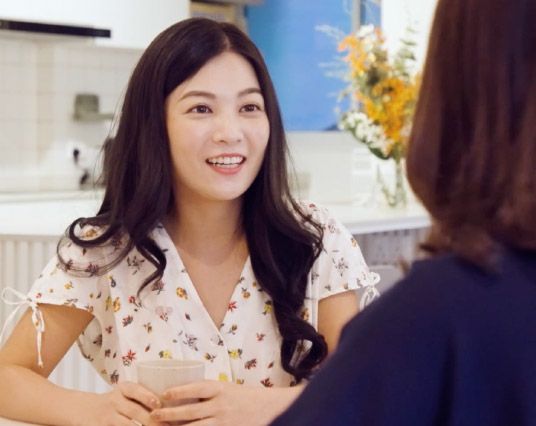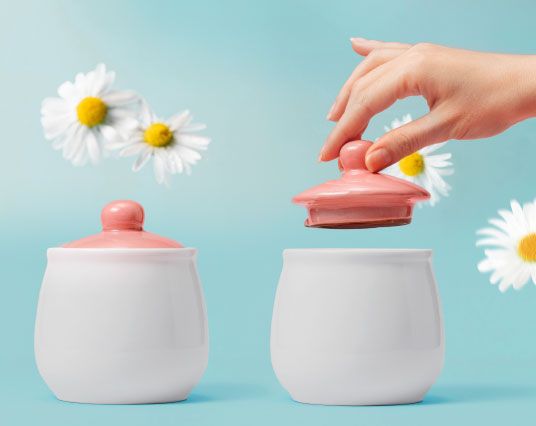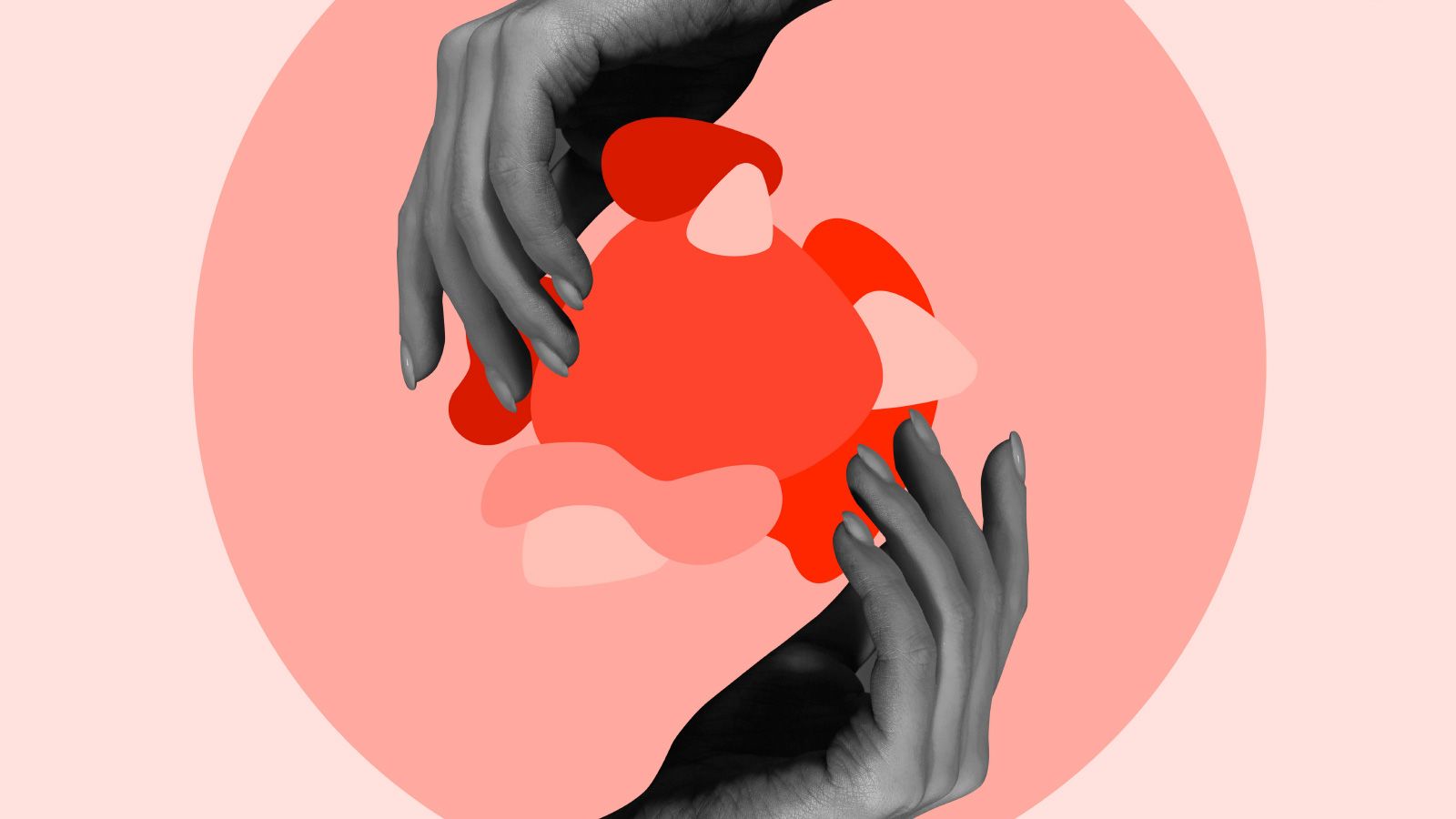
What’s that lump in
your breast – and should you worry?
While most breast lumps are not cancerous, we still need to
be aware of any changes and suspicious signs. Here’s why they
occur and why you should see a doctor early.

inding a lump, swelling or mass in your breast can be worrying and anxiety-provoking. But in four in five cases, breast lumps are not cancerous and do not
spread to other parts of the body.
Dr Wong Siew Wei, senior consultant and medical oncologist at Parkway Cancer Centre, said:
“Most women have lumps or lumpy areas in their breasts all the time, and most breast lumps
turn out to be benign.”
Even so, given that breast lumps may indicate something more sinister, you should check with a
doctor if you notice a lump or any other new breast changes.
So, how can you tell what is normal and what isn’t? It helps to understand why benign bumps
occur and the warning signs of cancerous lumps.
Hormonal changes are one of the causes of benign breast lumps. “As women go through
monthly hormonal cycles, the breast tissue changes in response,” explained Dr Lim Siew Kuan,
senior consultant and breast surgeon at Solis Breast Care & Surgery Centre. “Some women
may be prone to an ‘overgrowth’ of benign tissue, giving rise to (benign breast lumps).”
Dr Lim said that premenopausal women tend to be more susceptible to benign breast lumps as
they go through cyclical changes. The condition also tends to run in the family, so women with
a sister or mother with the same condition may be more prone to it.

inding a lump, swelling or mass in your breast can be worrying and anxiety-provoking. But in four in five cases, breast lumps are not cancerous and do not spread to other parts of the body.
Dr Wong Siew Wei, senior consultant and medical oncologist at Parkway Cancer Centre, said: “Most women have lumps or lumpy areas in their breasts all the time, and most breast lumps turn out to be benign.”
Even so, given that breast lumps may indicate something more sinister, you should check with a doctor if you notice a lump or any other new breast changes.
So, how can you tell what is normal and what isn’t? It helps to understand why benign bumps occur and the warning signs of cancerous lumps.
Hormonal changes are one of the causes of benign breast lumps. “As women go through monthly hormonal cycles, the breast tissue changes in response,” explained Dr Lim Siew Kuan, senior consultant and breast surgeon at Solis Breast Care & Surgery Centre. “Some women may be prone to an ‘overgrowth’ of benign tissue, giving rise to (benign breast lumps).”
Dr Lim said that premenopausal women tend to be more susceptible to benign breast lumps as they go through cyclical changes. The condition also tends to run in the family, so women with a sister or mother with the same condition may be more prone to it.
Common benign breast lumps
These are the common types of benign breast lumps, each with its own characteristics, according to Dr Lim Siew Kuan:

FIBROCYSTIC CHANGES
Many women feel that their breasts are generally lumpy and rubbery. This is due to fibrocystic changes, which is a benign condition consisting of fibrous and cystic changes in the breasts. They are usually related to changes in hormones during the menstrual cycle, and symptoms tend to improve after each menstrual cycle.
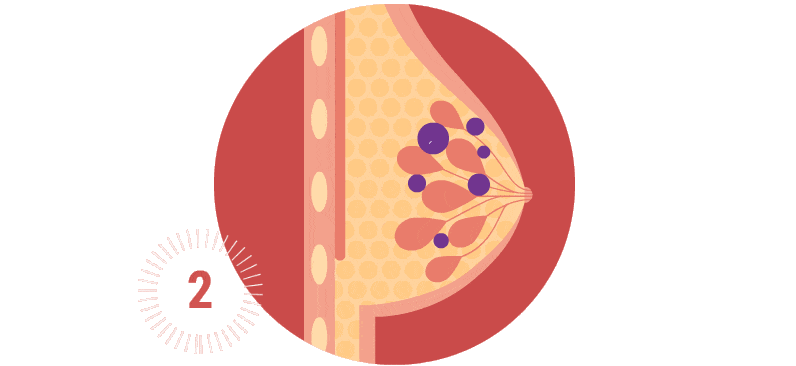
BREAST CYSTS
These are fluid-filled sacs and are not harmful. They tend to change in size, position and number with the monthly hormonal cycle. However, attention should be paid whenever a solid component is noted within a cyst, as solid-cystic lesions pose a 10 per cent risk of cancer.
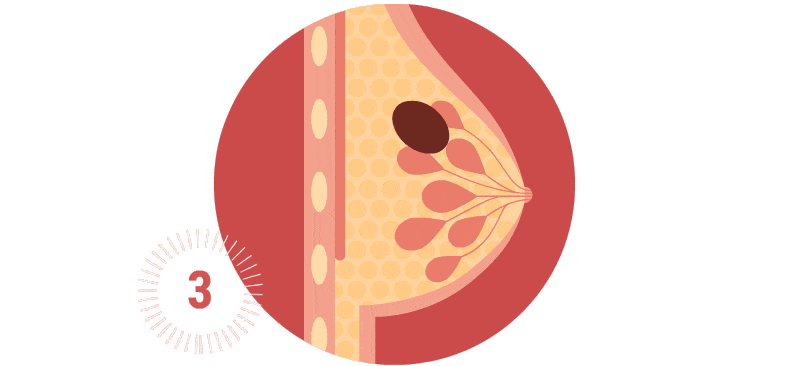
FIBROADENOMA
This is a smooth lump with a rubbery feel, which moves easily under the skin when touched. A fibroadenoma is termed a “breast mouse” as it slips away easily from the fingers during palpation. These breast lumps are formed by fibrous and glandular tissue and do not pose a cancer risk.
Suspicious signs to look out for
While benign breast lumps tend to feel “rubbery”, move easily during palpation and have a smooth surface, Dr Wong said some symptoms may suggest a concerning breast lump.
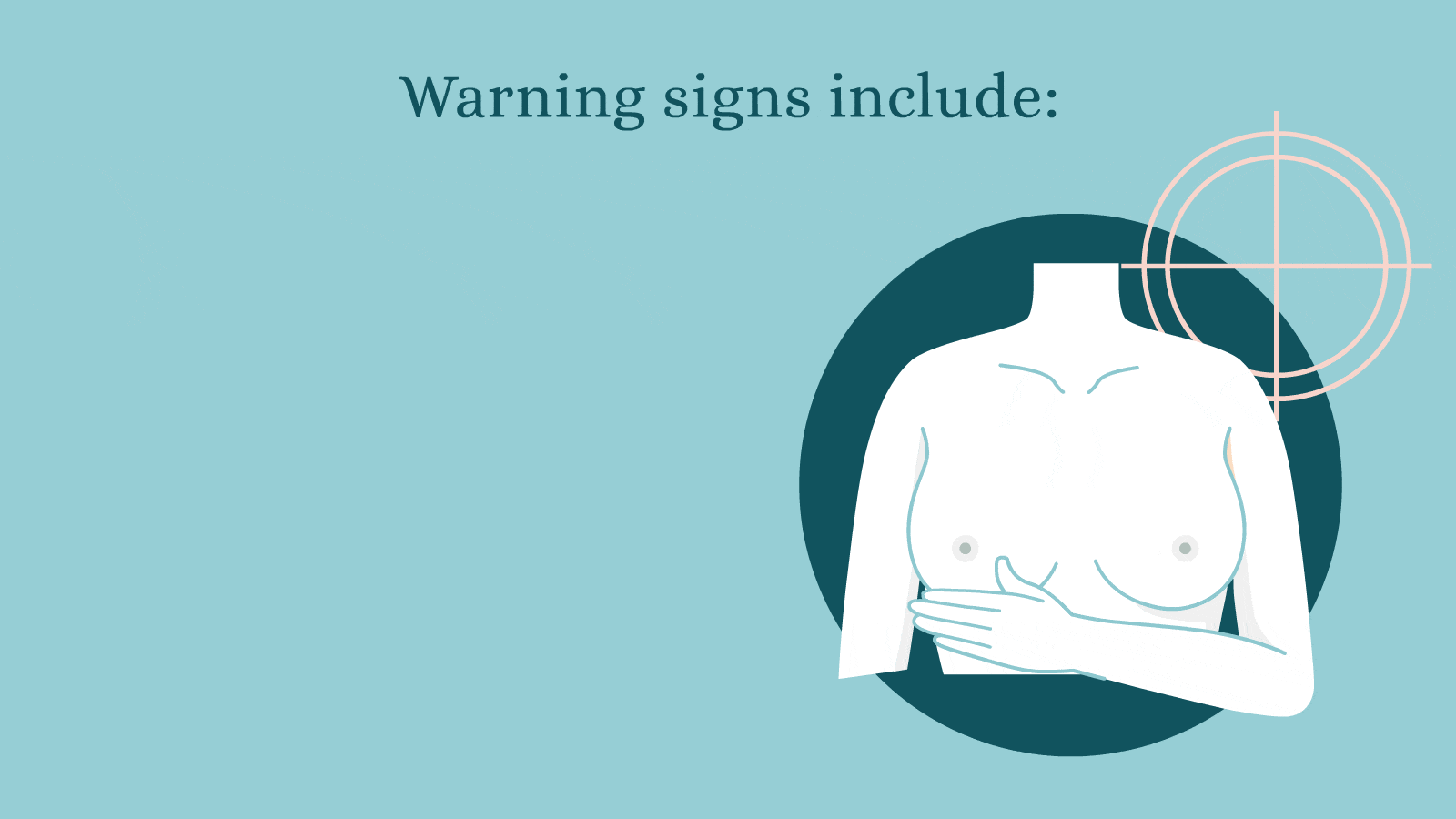
If you notice a lump or other new worrisome breast changes, Dr Wong advises immediately checking with your doctor. “This is especially true for changes that last more than one full menstrual cycle or seem to get bigger or more prominent in some way,” he said. “If you are menstruating, you may want to wait until after your period to see if the lump or other breast change disappears on its own before calling your doctor.”
In such situations, you should call a doctor who knows you and has done a breast exam on you before, for example, your gynaecologist or primary care doctor, Dr Wong said.
All concerning lumps should be investigated further, usually with an ultrasound and a mammogram. Dr Wong added that your doctor may also refer you to a breast specialist, typically a breast surgeon, for further evaluation.
The best self-check for your breasts
Knowing your breasts may help you detect any changes earlier. Check them once a month, ideally from Days 7 to 10 of your menstrual cycle. However, a breast self-examination does not substitute mammogram screening for specific age groups. Women in their 40s should screen yearly, while those aged 50 and above should do so every two years. Here are the steps to do a breast self-examination:
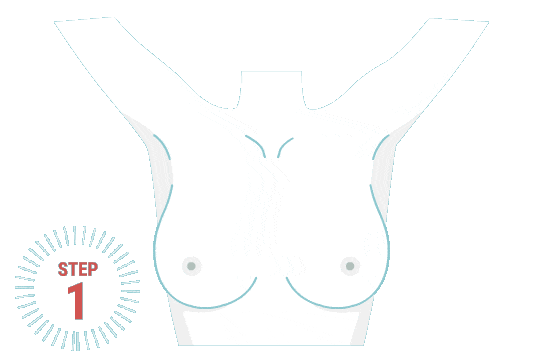
Raise your arms, then lower and press them firmly against your hips.

Slowly turn from side to side and look for changes in your nipples, skin appearance, and the size or shape of your breasts.

Lie down. Use small circular movements to feel your breasts and armpits for lumps. Do this by using the pads of your middle three fingers.

Gentle squeeze your nipples to check for any bleeding or discharge.
When is treatment required?
While most benign breast lumps generally do not require treatment, treatment may be required if there is pain or if the nature of the lump is uncertain, said Dr Lim. For example, if it increases in size or imaging shows concerning features. However, some benign lumps can recur even with treatment due to cyclical hormonal changes.
Dr Wong pointed out that some types of pre-cancerous breast lumps carry a small risk of transformation into cancerous lumps. These need close monitoring and, in most cases, surgical removal.


0
%
of all breast lumps are non-cancerous. The most common cause of breast lumps is benign cysts. Benign breast lumps do not spread to other parts of the body.
Surviving breast cancer
The chance of survival is highest when breast cancer is diagnosed in the early stages. “All cancerous breast lumps are treated surgically unless there are other competing life-limiting illnesses,” said Dr Wong.
He added that treatment options and the recurring risk of cancerous breast lumps depend on various factors: The type of breast cancer, the extent of the spread and, in some cases, the “genomic signature” of the cancer cells.
Dr Wong said new drug treatments can effectively treat advanced breast cancers while maintaining patients’ quality of life. “For women at higher risk of recurrence after initial breast surgery, additional treatment such as chemotherapy, hormonal therapy, targeted therapy and/or radiotherapy will significantly reduce the chance of recurrence and improve the cure rate,” he said.
“Patients diagnosed with Stage 4 cancer will be recommended for drug therapies based on the molecular sub-type of breast cancers as the initial management.”












